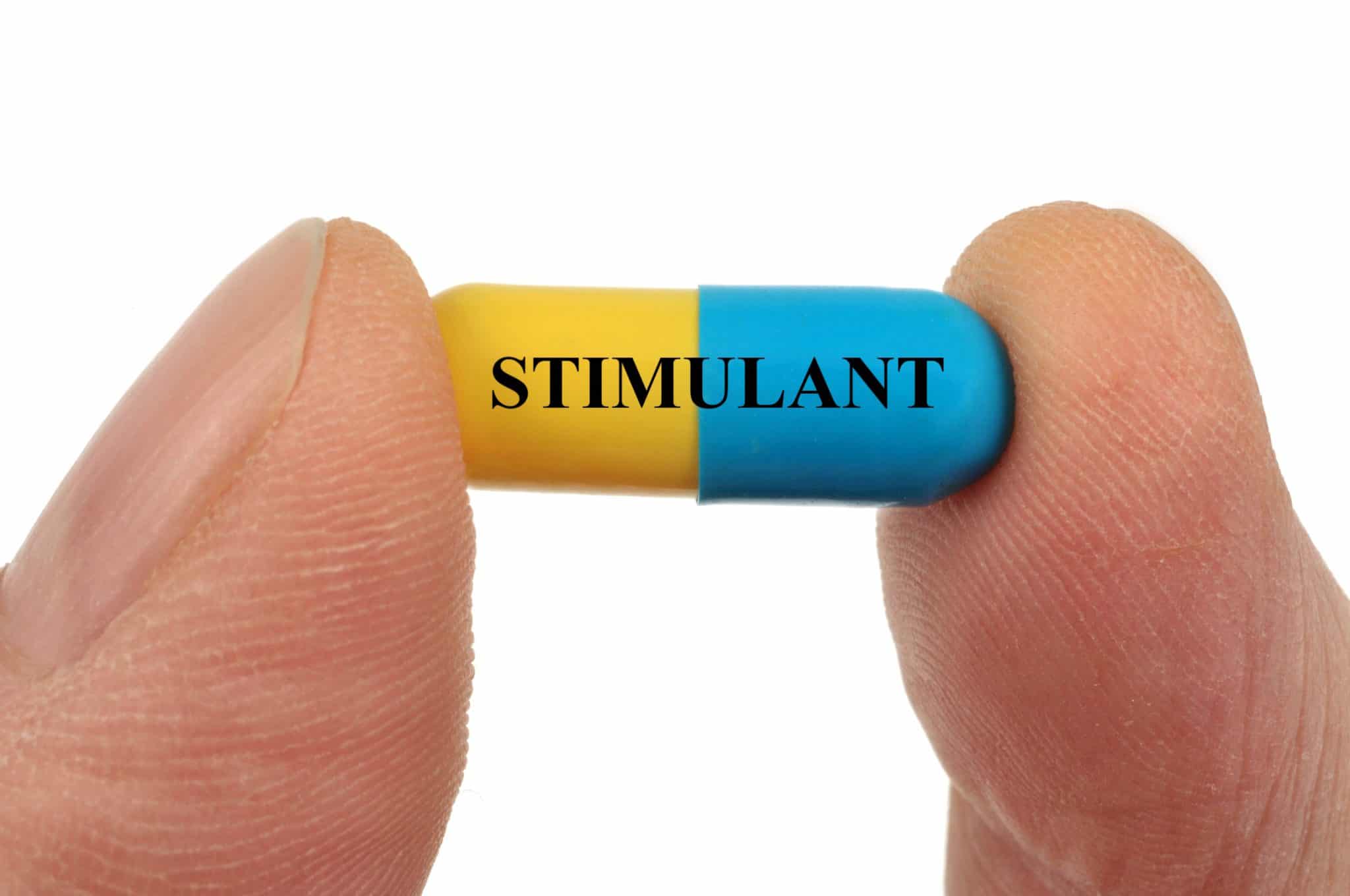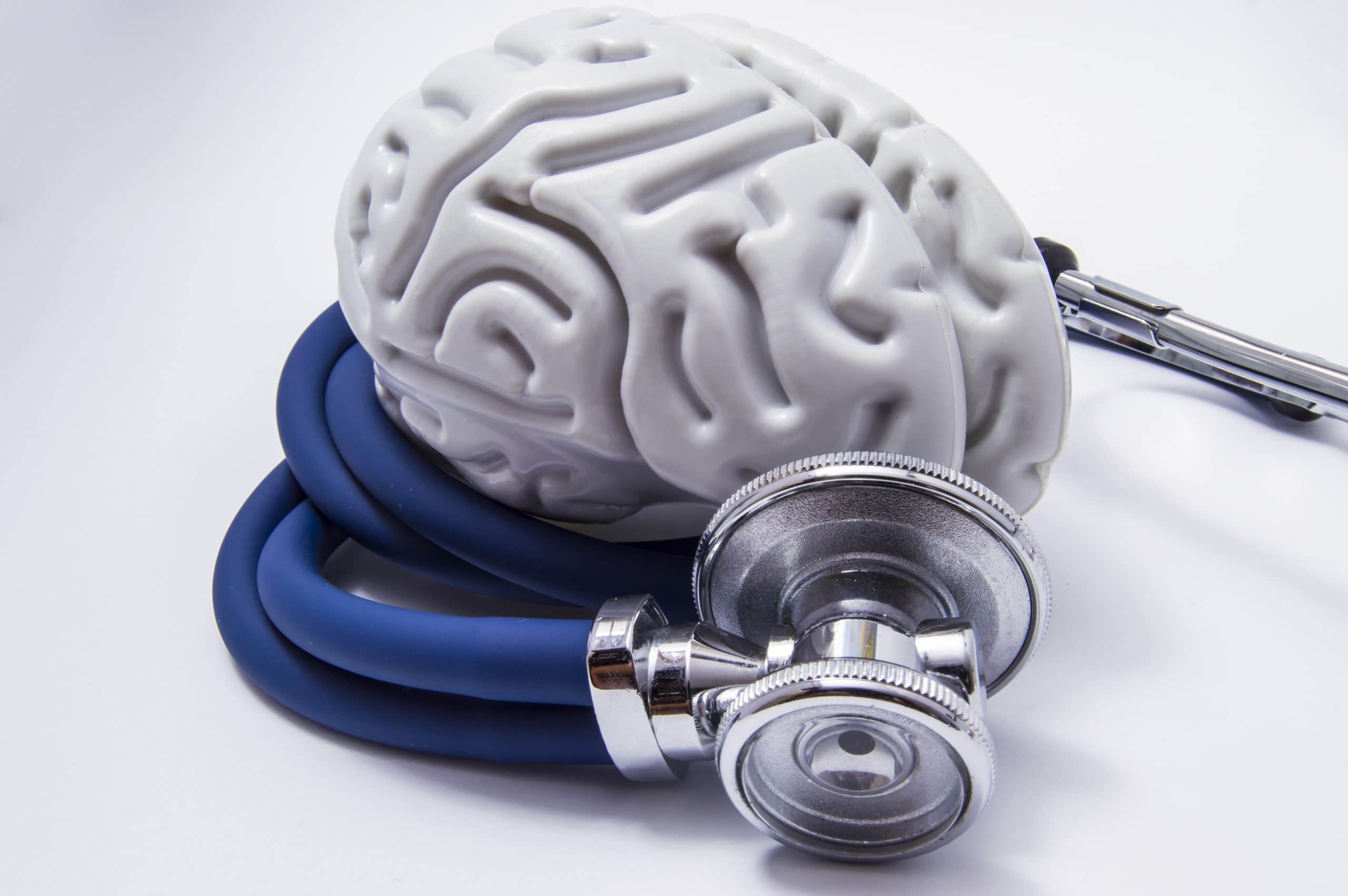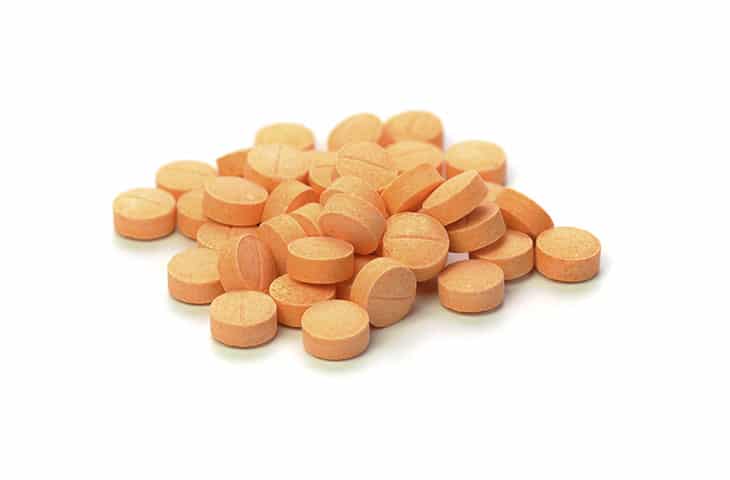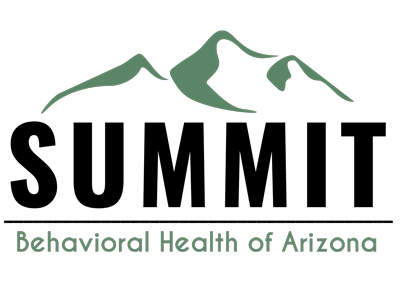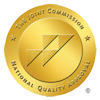Drug and alcohol addiction can affect every aspect of your life, but relationships often suffer the most. Drug addiction and relationships can affect trust, respect, and open communication. These are all critical elements of a healthy relationship.
Substance abuse can lead to destructive behaviors such as neglecting responsibilities and the needs of your partner. Whether you struggle with addiction or are in a relationship with someone who does, there is help available.
An important topic in treatment is drug addiction and relationships in recovery. Is adding a new relationship while focusing on your recovery risky? Learn more about how we can help you or a loved one at Granite Mountain Behavioral Healthcare in Prescott Valley, Arizona.
How Can Toxic Relationships Influence Addiction?
Mixing drug addiction and relationships, especially toxic relationships, can be disastrous. Toxic relationships can influence addiction in several ways. First, they can lead people to use drugs or alcohol as a way to escape from the stress, sadness, or pain caused by toxic relationships. Instead of facing the problems, they turn to substances for comfort.
Second, in toxic relationships, people might feel lonely and isolated, as they may be cut off from friends or family. Addiction can offer a sense of connection or relief from this isolation.
Third, the toxic dynamic itself can reinforce addictive behaviors. For example, if one person in the relationship uses drugs, the other might feel pressure to do the same to fit in or cope with the stress.
Toxic relationships create an environment where addiction can flourish, making it harder for individuals to break free from harmful habits. These patterns can become deeply ingrained, making breaking free from the cycle of poor habits and behaviors difficult.
Common Signs of a Toxic Relationship
Signs of a toxic relationship can manifest in many ways, leading to dysfunction, imbalance, and emotional harm. Common signs include:
- Constant criticism
- Lack of trust
- Controlling behavior
- Lack of communication
- Manipulation
- Isolation
- Constant conflict
- Gaslighting
- Lack of respect
- Physical or emotional abuse
- Feeling drained
- Cycle of apologizing and repeating
Recognizing these signs can help you take the necessary steps to address the toxicity through communication or counseling or leave the relationship.
Drug Addiction and Relationships
Drug addiction and relationships are complex and can influence recovery. While being in a relationship in addiction recovery can sometimes provide support and motivation, it can also present significant challenges that hinder progress.
Having a supportive partner is a crucial aspect of recovery. A loving and understanding partner offers encouragement, accountability, and stability. This helps people stay focused on their recovery goals. For many, a relationship can complicate recovery. In toxic or unhealthy relationships, the partner may enable or even encourage addictive behaviors, making it difficult for the individual to stay on track with their recovery goals.
Relationship stressors, conflicts, or triggers can exacerbate cravings and temptations and can lead to relapse. The demands of maintaining a relationship, combined with the challenges of overcoming addiction, can overwhelm individuals and undermine their progress in recovery.
The Cycle of Relationships in Addiction Recovery
Relationships in addiction recovery go through a cycle of transformation. Initially, toxic or unhealthy dynamics may contribute to the addiction. As individuals progress in their recovery journey, they work to address and heal these relational patterns.
Therapy, support groups, and self-reflection play key roles in this process. Over time, healthier communication, boundaries, and connections are established, supporting ongoing sobriety and well-being.
Toxic relationships can significantly impact addiction. Individuals may turn to substances or behaviors as a way to cope with the stress, pain, or emotional turmoil within the relationship.
Unhealthy relationships can be a trigger for relapse, as stress, conflict, or emotional distress may increase cravings and temptations to use drugs. Additionally, unresolved issues or triggers from past relationship trauma can resurface during recovery, making it challenging to maintain sobriety.
Codependency often prolongs toxic relationships and addiction. One partner may enable the other’s addictive behaviors or rely on the relationship for a sense of self-worth and identity. This codependent dynamic can hinder both partners’ ability to break free from harmful patterns and seek help for their addiction.
Dating in early recovery can be risky. Individuals may be vulnerable to unhealthy relationships or use new relationships as a substitute for substance use. For some, focusing on a new romantic relationship can divert attention and energy away from recovery efforts, potentially leading to relapse.
Treatment for Addiction and Codependency

Codependency and addiction are often seen as interconnected issues. While they can be diagnosed separately, they can also exist independently and require individualized treatment. Dual diagnosis treatment centers specialize in evaluating both conditions and developing personalized treatment plans to address them effectively. When someone is codependent, their actions are driven by a strong desire to be wanted or loved.
In personal relationships, they may go to great lengths to please the other person, even at their own expense. In cases where codependency is linked to substance abuse, individuals may resort to theft or criminal activities to obtain what they need. This behavior is not uncommon and can lead to disastrous consequences if left untreated. For individuals, particularly those struggling with depression, it can be challenging to be self-sufficient. This is why they strive to maintain the presence of others in their lives. In the case of addiction, drugs provide temporary relief from the pain and frustration of loneliness.
Codependency and substance abuse create a destructive cycle. Either one can drive a person to increasingly desperate measures to fulfill their desires. If they feel that they are no longer needed, they may resort to extreme actions to continue obtaining what they crave. If their desire is drugs, they will persist until they achieve the high that numbs their pain. This cycle, which may start with small acts, can quickly spiral into a self-destructive pattern that erodes their independence and leaves them trapped in a state of self-doubt and confusion.
At Granite Mountain in Prescott Valley, AZ we offer comprehensive treatment options for addiction and codependency to support individuals on their journey to recovery.
Detox
Many drugs can cause severe withdrawal symptoms. Our medical detox program helps manage your symptoms and make you comfortable.
Addiction Therapy Services
We offer a range of addiction therapy services to address the needs of individuals struggling with addiction and codependency. The types of counseling we offer include:
- Individual Therapy: During individual psychotherapy our licensed therapists work one-on-one with clients to explore underlying issues, develop coping strategies, and promote personal growth and healing.
- Group Therapy: Group therapy for substance abuse provides a supportive environment for individuals to connect with peers, share experiences, and gain insights into their addiction and codependency patterns.
- Family Therapy: Family therapy for addiction is a crucial component of our treatment program, as it addresses the impact of addiction and codependency on the entire family system. Through family therapy sessions, loved ones can learn effective communication skills, set healthy boundaries, and strengthen relationships.
Any type of therapy can be an excellent support to help learn tools to improve and cope with triggers and challenges that arise in relationships and avoid them becoming toxic or repairing issues before it’s too late.
How To Look For the Right Treatment Center
When searching for the right treatment center for drug addiction and relationships, it’s essential to prioritize finding specialists who have expertise in addressing both addiction and the complexities of relationships. Here are some key steps to consider:
- Research treatment centers
- Check accreditation and licensing
- Review their treatment approach
- Dual diagnosis treatment
- Family involvement
- Ask for recommendations
- Visit the treatment center
By prioritizing specialists who have experience in treating both drug addiction and relationships, you can ensure that you or your loved one receive comprehensive and personalized care that addresses the challenges of addiction and interpersonal dynamics and relationships in addiction recovery.
Rehab Can Help You Get Your Life Back and Exit Toxic Relationships

Rehabilitation programs can be instrumental in helping individuals reclaim control of their lives and break free from toxic relationships. By providing a supportive and structured environment, rehab allows individuals to focus on their recovery journey and learn essential skills for building healthier relationships.
The Importance of Healthy Relationships After Rehab
After completing rehab, building healthy relationships becomes crucial for maintaining sobriety and overall well-being. Healthy relationships provide emotional support, encouragement, and accountability in recovery, helping individuals stay motivated and committed to achieving their goals.
5 Tips for Building Healthy Relationships After Rehab
- Prioritize Self-Care: Focus on physically, emotionally, and mentally caring for yourself. Engage in activities that promote self-care and well-being, such as exercise, mindfulness practices, and hobbies that bring you joy.
- Communicate Openly and Honestly: Practice open and honest communication with your loved ones. Express your thoughts, feelings, and needs openly, and listen actively to the perspectives of others.
- Set Boundaries: Establish clear boundaries in your relationships to protect your well-being and maintain healthy dynamics. Communicate your boundaries assertively and respectfully, and enforce them consistently.
- Surround Yourself with Supportive People: Surround yourself with individuals who support your recovery journey and uplift you. Cultivate relationships with people who respect your sobriety and encourage positive behaviors. Seek out support groups, sober communities, or mentors who can provide guidance and encouragement.
- Practice Forgiveness and Letting Go: Release resentments, grudges, and negative emotions that may hinder your ability to form healthy relationships. Practice forgiveness towards yourself and others, and let go of past hurts and regrets.
Get Your Life Back On Track At Our Behavioral Health Facility in Arizona
Granite Mountain Behavioral Healthcare is dedicated to helping individuals get their lives back on track. Our comprehensive programs are designed to address addiction and focus on developing essential relationship-building skills.
We understand the importance of healthy relationships in addiction recovery. That’s why we provide individuals with the tools and support they need to heal and repair relationships that may have been strained or damaged by addiction.
Contact us today if you are ready to get your life back on track and build healthy relationships.

